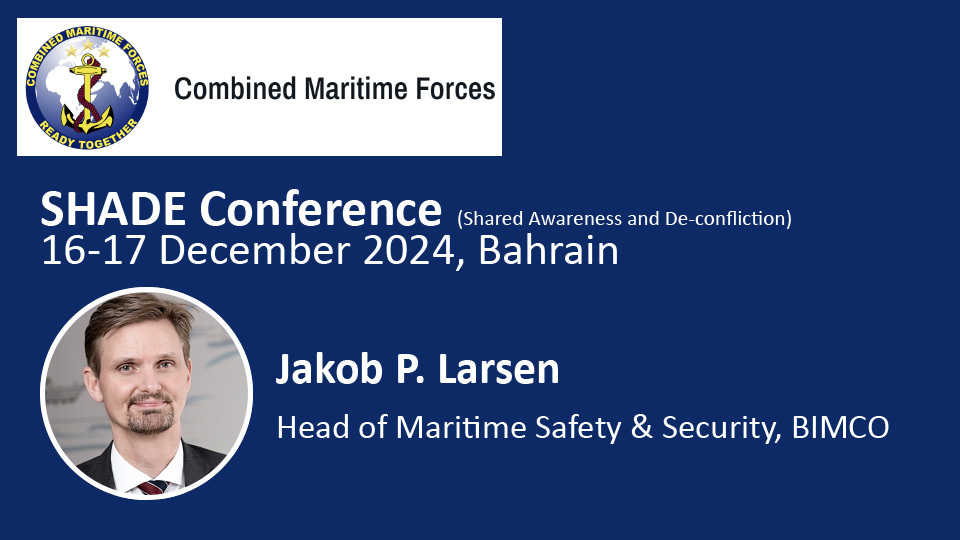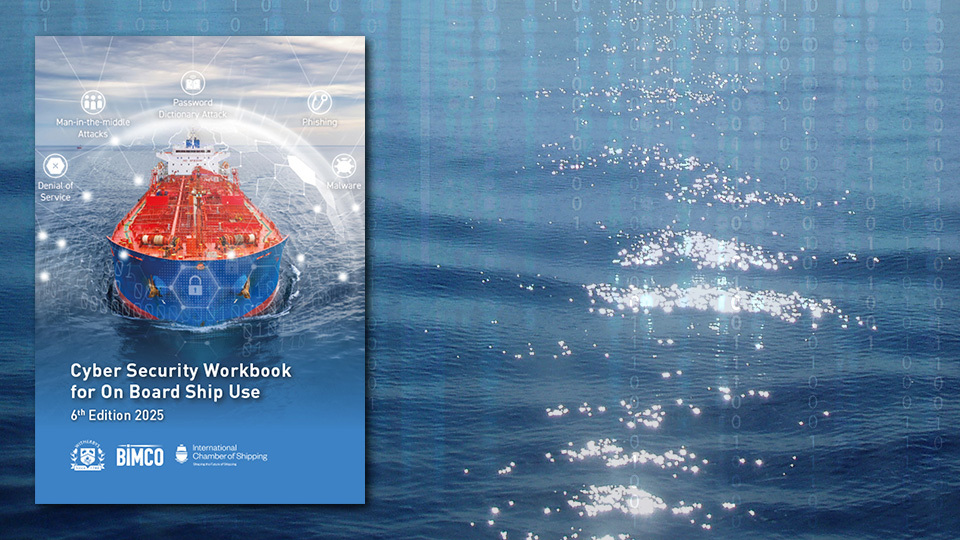Change in piracy threats in Indian Ocean prompts re-think of High Risk Area
Overview
In broad terms, the changes agreed by BIMCO, ICS, INTERCARGO, INTERTANKO, and OCIMF, representing the global shipping and oil industries, will reduce the HRA boundaries to the Yemeni and Somali Territorial Seas and Exclusive Economic Zones in its eastern and southern reaches.
The organisations, in consultation with international partners, will also take a comprehensive new approach to assessing international maritime security threats to allow shipowners and operators to fully gauge the risk of voyages worldwide. This second step is expected to be completed by 31 December.
The HRA was created at the height of the Somali piracy threat in 2010 to show shipowners, operators, and seafarers where pirates operated and where extra vigilance was required to avoid attacks.
Subsequent updates to the HRA have reflected the changing nature of threats in the region, including the successful suppression of Somali pirate action. Somali pirate groups have not attacked a merchant vessel since 2017, while new asymmetric threats from local conflicts and insurgents have emerged as well as the existence of more severe security threats, such as piracy off West Africa, necessitating a change in how industry assesses such dangers to shipping.
Guy Platten, ICS Secretary General said: “The security landscape is constantly evolving, and as new security threats have emerged or intensified outside the Indian Ocean it has become clear the HRA is outdated and misleading. At the height of the crisis the HRA was essential in raising awareness of the Somali Pirate threat and the need to apply mitigation measures, but it has essentially served its purpose in protecting crews and vessels in the region. Now our attention must shift to ensure we cover all maritime security threats around the globe so we continue to protect the lives of our seafarers and keep global trade moving.”
David Loosley, BIMCO Secretary General and CEO said: “The current form of the HRA is no longer the best way to guide maritime security risk management processes. As demonstrated with the recent security incidents in the waters around the Arabian Peninsula, we need a more granular approach to the concepts of threat and risk. The next logical step is to develop a global, threat-based concept which captures how ships of various type, size, nationality, ownership etc. face different risk levels.”
Katherina Stanzel, INTERTANKO Managing Director said: “This new designation is an interim measure to allow for the continued application of BMP 5 whilst the Co-Authors undertake substantive work to address maritime security threats in a global context.”
Robert Drysdale, OCIMF Managing Director said: “This adjustment to the HRA better reflects the reality of the piracy threat but given the breadth of maritime security threats faced by seafarers, a more intuitive and dynamic system for highlighting threats will be most welcome.”
ENDS
Notes to editors
o The area previously classified as “high risk” forms only a part of the area called the Voluntary Reporting Area (VRA);
o Ships entering the VRA are encouraged to report to the UKMTO to be monitored during transit and register with the Maritime Security Centre for the Horn of Africa (MSCHOA);
o Pre-transit risk assessments should take into account the latest information from both the VRA and High Risk Area.
The new coordinates of the HRA are:
From position A (Latitude of 01 30’S on the Somali coast), a line to
o Position B (01° 30’ S – 046° 00’ E), a line to
o Position C (01° 00’ N – 049° 30’ E), a line to
o Position D (09° 00’ N – 055° 00’ E), a line to
o Position E (14° 20’ N – 057° 30’ E), a line to
o Position F (the Yemen coast at longitude 053° 00’ E), then
o Follow the Yemeni coast westwards and northwards, to
o Position G (the Yemeni Red Sea coast at latitude 15° 00’ N), then a line to
o Position H (the Eritrea territorial sea border at latitude 15° 00’ N), then
o Follow southwards first Eritrea’s and then Djibouti’s territorial sea borders, to
o Position I (the coastal border point between Djibouti and Somalia), then
o Follow the Somali coast eastwards and then southwards, to
o Position A.
About ICS
The International Chamber of Shipping (ICS) is the principal international trade association for merchant shipowners and operators, representing all sectors and trades and over 80% of the world merchant fleet.
About BIMCO
BIMCO is the world's largest international shipping association, with around 1,900 members in more than 120 countries, representing 59% of the world’s tonnage. Our global membership includes shipowners, operators, managers, brokers and agents. BIMCO is a non-profit organisation.
www.bimco.org
About INTERCARGO
The International Association of Dry Cargo Shipowners (INTERCARGO) unites and promotes quality dry bulk shipping, bringing together some 220 forward thinking companies from 30 countries and representing close to 25% by deadweight of the global dry bulk fleet. www.intercargo.org/
About INTERTANKO
INTERTANKO is the International Association of Independent Tanker Owners, a forum where the industry meets, policies are discussed and best practices developed. INTERTANKO has been the voice of independent tanker owners since 1970, ensuring that the liquid energy that keeps the world turning is shipped safely, responsibly and competitively. www.intertanko.com
About OCIMF
The Oil Companies International Marine Forum (OCIMF) focusses on promoting best practice in the design, construction and operation of tankers, barges and offshore vessels and their interfaces with terminals inshore, onshore and offshore. It does so by providing an independent forum for bringing together its members and external stakeholders to leverage their expertise in the creation of publications and programmes that enhance the safety and environmental performance of the marine industry. www.ocimf.org
Download RELATED Documents
-
The new coordinates of the HRA: 0 MB
Download now
Feedback or a question about this information?
VPS Bunker Alerts
Veritas Petroleum Services (VPS) publish regular Bunker Alerts based entirely on fuel samples and have kindly permitted BIMCO’s Members to access this information.
The Bunker Alerts are not intended to be an evaluation of overall bunker quality in the port or area concerned, but usually highlight a specific parameter within the fuel which has raised a quality issue.
Latest ice reports for members
Latest piracy reports
Latest industry releasable threats
ELSEWHERE ON BIMCO
Contracts & Clauses
All of BIMCO's most widely used contracts and clauses as well as advice on managing charters and business partners.
Learn about your cargo
For general guidance and information on cargo-related queries.
BIMCO Publications
Want to buy or download a BIMCO publication? Use the link to get access to the ballast water management guide, the ship master’s security manual and many other publications.
About a new business partner
We can help members check new business partners. We also help to recover millions of USD (undisputed) funds every year.






